Need Help?
FAQs
How risky is CFD`s and Commodities Trading?
Because CFD`s Commodities are leveraged financial instrument it can be risky. Always practice healthy risk management when trading leveraged products, including calculating and adhering to your risk/reward ratio, strategy and investment goals.
Which Commodities are traded the most?
The most popular currency pairs are what are known as major currency pairs, and include:
- BRENT
- XAU/USD
- XAG/USD
- COPPER
- COFFEE
- COCOA
- CORN
Can you trade full time?
Much like other types of trading or investing, there are numerous variables that contribute to potential profitability or increase potential risk. The best way to achieve your investment/financial goals and avoid unnecessary risk is to have a strategy, a well-defined risk limit and be aware of all the events happening that can cause market volatility.
How can I calculate profit when I’m trading?
First you need to calculate how many pips the price has moved. Because your profit and loss will be the pip movement multiplied by the size of your position.
First you should calculate the spread i.e. the difference between the bid and ask price.
Bid – Ask = Spread
Here’s how to calculate the pip movement of your trade:
The EUR/USD exchange rate is 1.4100 meaning 1.41 US dollars is worth 1 euro. If you sell a euro you buy 1.4100 US dollars. If you buy 10,000 euros at a rate of 1.4100 that equates to selling $14,100 (1 euro = $1.41, therefore €10,000 = $14,100). If the euro rises and the rate moves to 1.4200. For every euro you bought, you have made 1 cent, in turn this means you profited by $100 ($14,200 -$14,100). Inversely if you sold the pair, meaning you sold euro and bought USD. So 10,000 euros at 1.41, meaning you lost 1 cent for every euro you bought. A 10,000 euros would equate to a loss of $100 ($14,200 – $14,100 ). Inversely if you were to sell 10,000 euros with the same price movement and conditions you would lose $100.
Are there better times to trade?
The market are open 24 hours a day five days a week, so choosing when to trade can seem daunting, especially if you are a new trader. The trading day is separated into four main sessions; New York, Asian, European and Australian. Here’s where it can get more complex though, because the best time to trade depends on how you trade. Traders that seek to benefit from small increases and decreases in price, usually seek volatility, even though it increases risk. This usually happens when session over-lap. If you are a long-term trader i.e. someone that opens trades and holds them for a longer period of time, or if you are a risk averse trader then you might want to avoid volatility, which in turn means avoiding overlaps.
How long should I learn about markets before trading?
Everyone learns at a different pace, but the general rule of thumb is after a 3-6 months of trading with a demo account – or until you can produce replicable results and conservative returns consistently. The truth is that a serious trader should always be researching and learning.
How hard is it to trade?
Although market trade is considered one of the most straight forward types of trading, it is still complex and requires specialized knowledge. Luckily Skyline Trader offers an extensive educational library and a trading education module with multiple video lessons and knowledge tests. These are available for free; all you have to do is have a sign up with Skyline Trader Ltd.

